There is a notion that blockchains can only get as decentralized as the Internet itself. Right now, everyone uses the traditional version of the Internet that was invented a long time ago. But, what if things change and the ecosystem on top of the Internet becomes not as centralized as it is right now? This would allow more privacy, safety, speed, and efficiency. But, is it even possible to make the Internet on a blockchain?
The Internet Computer network claims to be one such blockchain. The problem of infinite scalability, which was unmet by many competitors, was addressed by introducing a state-of-the-art network architecture. Let’s dive right in.
Overview
What is Internet Computer (ICP)?
The Internet Computer (ICP) is a project built by the DFINITY Foundation that aims at developing a decentralized blockchain infrastructure to augment the Internet with compute capabilities ICP developers define the network as a “world computer” with a fully on-chain web-3 platform and affordable data storage service accessible to anyone.
Initially, the concept of the “world computer” was introduced by Ethereum. The Internet Computer is taking the idea further but not as a competitor to Ethereum but rather as “Ethereum’s crazy sister.” Some claim that the ICP is “the fastest blockchain” and “infinitely scalable” due to its architecture. The latter implies that an increased number of nodes doesn’t influence the throughput of the network.
The ICP’s nodes run on standardizedhardware housed by various independent data centers. The platform lets developers deploy and run applications through the use of canisters, which are akin to smart contracts.
The ICP network features two core tokens: ICP and Cycles. ICP is the network’s governance token, while Cycles (created from ICP coins) are tokens with a near-constant value that allows users to pay for computational resources.
A brief history of ICP
The main contributor to the ICP deployment is DFINITY Foundation which was founded by computer scientist Dominic Williams in October 2016. In February 2017, the project held its first crowdsale, raising 3.9 million Swiss francs ($4.1 million). A year later, ICP held a private token sale for accredited investors, raising $102 million. Andreessen Horowitz and Polychain Capital led the funding round.
Initially, the ICP was planned to be released in the first quarter of 2019. However, in December 2018, project representatives said that releasing a “cut-down version” could slow down the progress of creating a full-fledged product, and postponed the launch. After that, the ICP experienced several phases before the mainnet launch:
- Copper (Q4 2019): At this stage, the alpha version of the software development kit (SDK) was released and the technical documentation of the Motoko smart contract language was published.
- Bronze (Q1 2020): The ICP became a platform capable of desktop web application development.
- Tungsten (Q2 2020): The ICP became open to third-party developers. Mobile development capabilities were introduced as well.
- Sodium (Q4 2020): DFINITY unveiled a protocol management system called Network Nervous System (NNS) that hosts and governs all subnets within the network. Sodium also introduced the concept of “cycles” and a system of “neurons” that support governance and staking via ICP tokens.
- Mercury (Q1-Q2 2021): The project launched the alpha version of the mainnet. The genesis block of the Mercury network was launched on May 7th.
After the mainnet launch, NNS started issuing ICP utility tokens. The ICP was listed on numerous crypto exchanges and rapidly entered the top seven crypto assets by market capitalization.
In September 2021, DFINITY Foundation announced the beginning of work on “direct integration of the Internet Computer with the Bitcoin blockchain.”
The first phase of the integration was finished in January 2022, providing the ability to generate threshold ECDSA signatures used for bitcoin transactions.
In August 2022, DFINITY Foundation finished the second phase, launching the BTC<>ICP testnet. The final third phase is dedicated to BTC<>ICP full integration.
In addition to bitcoin integration, ICP developers introduced HTTP outcalls for the network’s smart contracts in September 2022. This feature allows the ICP network to directly interact with off-chain data sources without using oracles.
How does ICP work?
Subnets
The ICP network itself is constructed from a hierarchy of building blocks. At the bottom are independent data centers that host specialized hardware nodes. These node machines are combined via NNS to create subnets.
A subnet is a particular structure of blockchain that can be integrated with other subnets. Unlike other blockchains, ICP doesn’t use proof of stake or proof of work mechanisms to process transactions. Instead, subnets interact with each other through chain key technology. A subnet is also responsible for hosting a distinct subset of the software canisters which DFINITY Foundation describes as “smart contracts that scale.”

ICP network hierarchy. Source: DFINITY blog
Chain Key technology
ICP’s ability to “scale to millions of nodes” is achieved by so-called Chain Key technology. It consists of a set of cryptographic protocols that orchestrate the ICP nodes, and enables the ICP to have a single public key. This public key is small enough in size to allow any device, including smartphones, to verify the authenticity of artifacts from the Internet Computer.
In turn, Chain Key Technology improves scalability and reduces space complexityof the ICP by making old blocks redundant. The technology allows the system to finalize transactions that update the state of canisters in 1-2 seconds.
Chain Key technology could be described as the engine that drives the ICP and makes its operations possible. It features:
- Adding new nodes to form new subnets to help scale the network.
- Replacing faulty or crashed nodes without stopping.
- Reviving subnets even if too many nodes within them have failed.
- Upgrading the Internet Computer protocol, allowing the network to fix bugs and add new features.
Canisters
The main purpose of a subnet is to host canisters. Canisters are computing units that resemble smart contracts and interact with each other via a publicly specified application programming interface (API). Canisters store information about the current state of the program, as well as previous events, user interactions, and state changes.
Operations are performed in canisters by using core tokens called cycles. All canisters consume resources in cycles (that are further burned) to route messages and store data. Cycles are stable in cost and are obtained by converting ICP tokens. Cycles reflect the net cost of operations and resources such as physical hardware, energy, storage devices, and bandwidth.
ICP’s cycles can be compared with gas in the Ethereum network. However, ICP uses a “reverse gas model.” This means developers pre-pay costs by loading canisters with computation cycles. This way, users can interact with decentralized applications (dApps) without having to pay in tokens.
Network Nervous System (NNS)
The NNS is a collection of specific canisters that manages the Internet Computer and regulates all processes in the ecosystem — from the economy to the network structure. NNS is located on the network itself and is part of a system of protocols that combine the computing power of nodes to create the Internet Computer. NNS acts as an autonomous master blockchain with a public key to validate ICP transactions.
The NNS also plays a key role in the token economics of the network. It generates new ICP tokens to reward nodes that are being run by data centers and “neurons” that are voting within the NNS. The system puts to a vote proposals for expanding the network by adding subnets or integrating new nodes. After that, the owners of the ICP tokens make the appropriate decisions.
A neuron is a mechanism by which network participants can time-lock their ICP tokens in exchange for voting power. Locking ICP tokens in neurons can be compared with the staking process for governance purposes. Neurons can also be programmed to follow and copy the voting patterns of other trusted neurons, to automate the voting process. As neurons are getting older, their voting power and voting rewards increase.
At the moment of writing, ICP developers are working on a simplified version of the NNS called Service Nervous System (SNS). The difference between the SNS and NNS lies only in the tokens used in the governance system. In the NNS, users must use ICP tokens to participate, whereas, in the SNS model, each dApp can issue their governance tokens to run within their dApp governance system.
Internet Identity
In order to access ICP-based dApps and ICP services, users can deploy an anonymous blockchain authentication framework called Internet Identity. In turn, users can create identity “anchors” to assign compatible devices or identity options, including fingerprint sensors, face ID systems, YubiKey, etc. Thereafter, users can signup and authenticate to any dApp running on the ICP network using any of the devices they have assigned to their anchor. With this system, ICP developers aim to offer both a high level of convenience and security to interact with ICP networks, as well as avoid using usernames and passwords that dominate Web 2.0. Additionally to Internet Identity, the ICP community is free to develop and use other authentication mechanisms.
ICP’s native token
Utility
ICP is a native token of the Internet Computer network that has two key use cases in the network:
- Staking/Governance — tokens can be locked inside the NNS to create neurons that can be used to vote on governance proposals and earn voting rewards.
- Producing cycles — tokens can be converted into cycles to power computation actions in canisters.
To create a neuron, users must lock up some number of ICP tokens for a period of time. The minimum stake required to create a neuron is 1 ICP. Network participants can configure the “dissolve delay” (staking period) from six months up to a maximum of eight years. The longer the dissolve delay, the higher the estimated annual reward could be and the more voting power tokens could have.
When stakers first lock their tokens in the NNS to create a neuron, their voting power and rewards will be proportional to the number of tokens locked. The NNS mints a specific number of voting rewards over a certain period of time, and these rewards are apportioned to the neurons that voted for that period. If users vote on every open proposal, they gain the maximum reward.
Once the dissolve delay period ends, stakers can withdraw their tokens from the neuron. After taking this step, the neuron identifier and its ledger history are permanently removed from the governance canister.
Token allocation
The total supply of ICP tokens is not fixed and may change over time due to inflationary and deflationary activities. Inflationary mechanisms include:
- Voting rewards — distributed for users who stake ICP tokens in neurons. The current annual voting rewards inflation is around 8%.
- Node provider rewards — distributed for node providers that offer computer/storage infrastructure to the ICP blockchain. Over 2.5 million ICP tokens have already been distributed to node providers.
As a deflationary mechanism, the Internet Computer network features burning ICP tokens. ICP tokens can be burnt to mint cycles, pay transaction fees, and pay failed NNS proposal fees.
The initial distribution of the ICP supply is as follows:
- Early contributors: 9.50%
- Seed donations: 24.72%
- Strategic investors: 7.00%
- Presale: 4.96%
- Strategic partnerships: 3.79%
- Community airdrop: 0.80%
- Initial community and developer grants: 0.48%
- Node operators: 0.22%
- Internet Computer Association: 4.26%
- Team members: 18.00%
- Advisors and other third-party token holders: 2.40%
- DFINITY Foundation: 23.86%

Token allocation. Source: Messari
Find out more about ICP
The Internet Computer has a goal to augment the traditional internet. The project offers a new paradigm and technology, taking speed and efficiency to the forefront. However, creating the ultimate world computer is still at play. At the moment of writing, the ICP community is focusing on introducing and expanding its DeFi ecosystem, integrating with Bitcoin and Ethereum networks, featuring multi-chain solutions, and revamping its governance system. Although all these features could take some time to be fully implemented, ICP developers consider them vital steps to reach a set grand goal.
CEX.IO customers can buy ICP in order to join the Internet Computer ecosystem and use the features the ICP blockchain provides. In addition, users may trade ICP to take advantage of its price and the potential ICP adoption.
Conclusion
The Internet Computer has a few significant advantages that are hard to beat: it’s infinitely scalable, fast, interoperable, and economically efficient. It brings the world’s community one step closer to a dream of the metaverse becoming reality. A world where advanced technology enhances tangible experiences, while important things like privacy and safety are preserved.
Disclaimer: Information provided by CEX.IO is not intended to be, nor should it be construed as financial, tax or legal advice. The risk of loss in trading or holding digital assets can be substantial. You should carefully consider whether interacting with, holding, or trading digital assets is suitable for you in light of the risk involved and your financial condition. You should take into consideration your level of experience and seek independent advice if necessary regarding your specific circumstances. CEX.IO is not engaged in the offer, sale, or trading of securities. Please refer to the Terms of Use for more details.

You can get bonuses upto $100 FREE BONUS when you:
💰 Install these recommended apps:
💲 SocialGood - 100% Crypto Back on Everyday Shopping
💲 xPortal - The DeFi For The Next Billion
💲 CryptoTab Browser - Lightweight, fast, and ready to mine!
💰 Register on these recommended exchanges:
🟡 Binance🟡 Bitfinex🟡 Bitmart🟡 Bittrex🟡 Bitget
🟡 CoinEx🟡 Crypto.com🟡 Gate.io🟡 Huobi🟡 Kucoin.
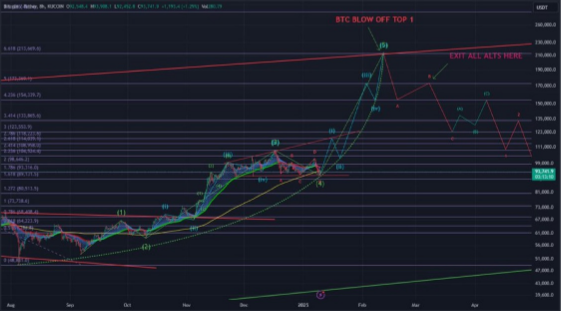

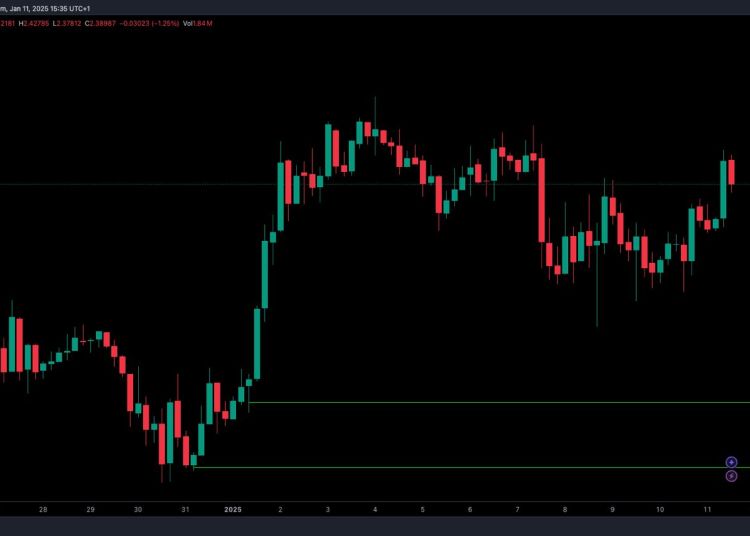
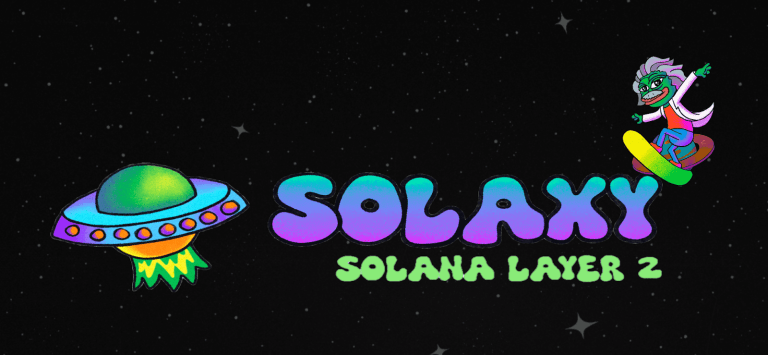





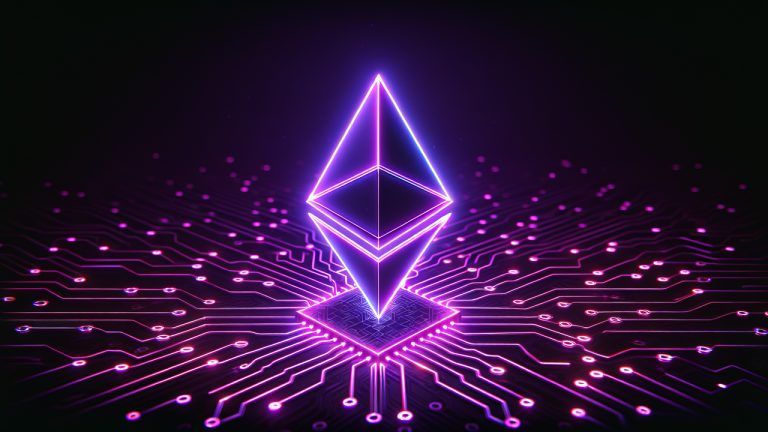
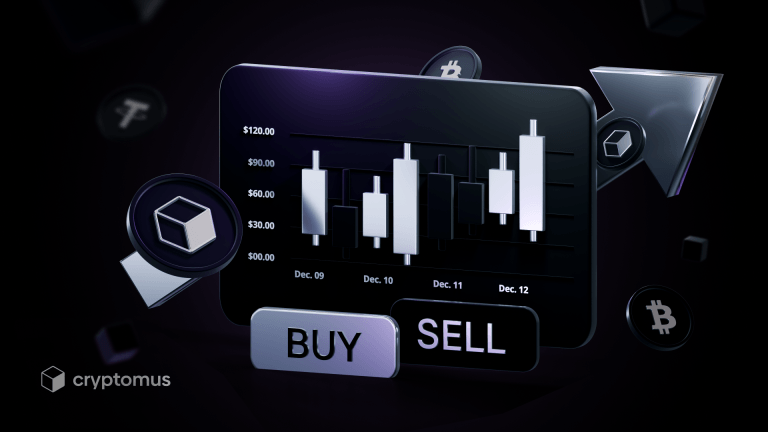
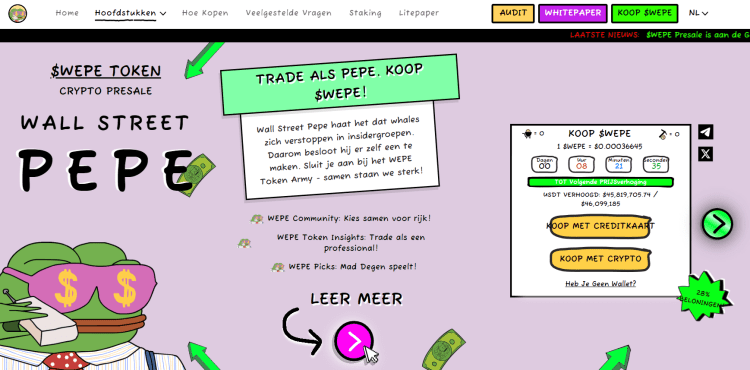
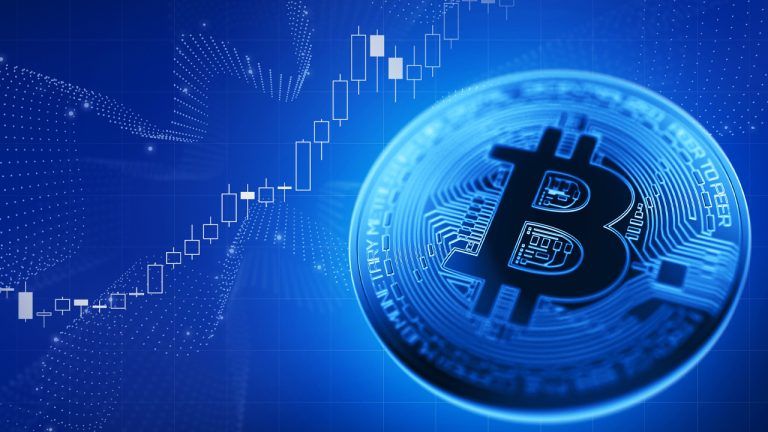

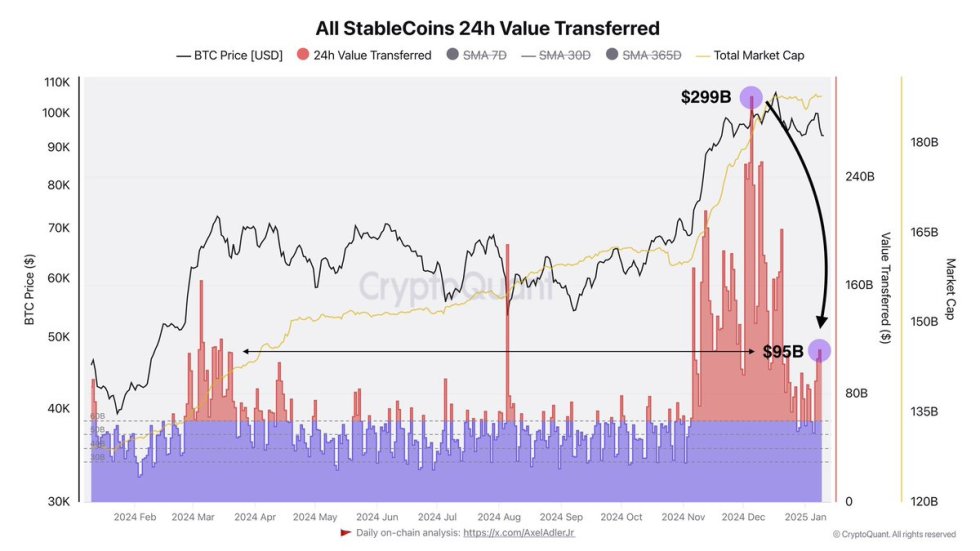
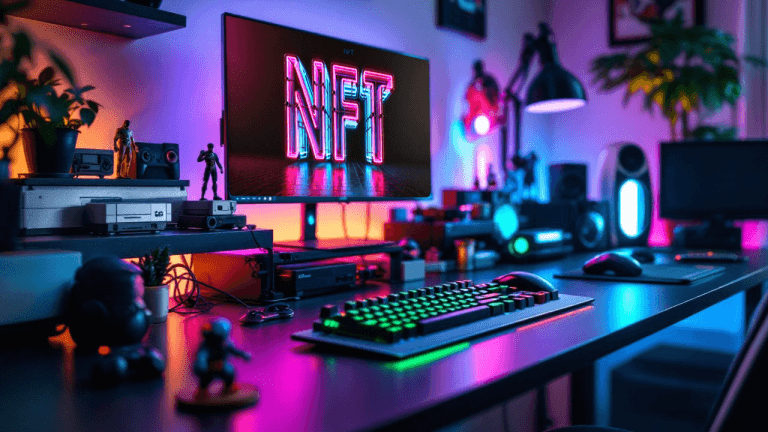


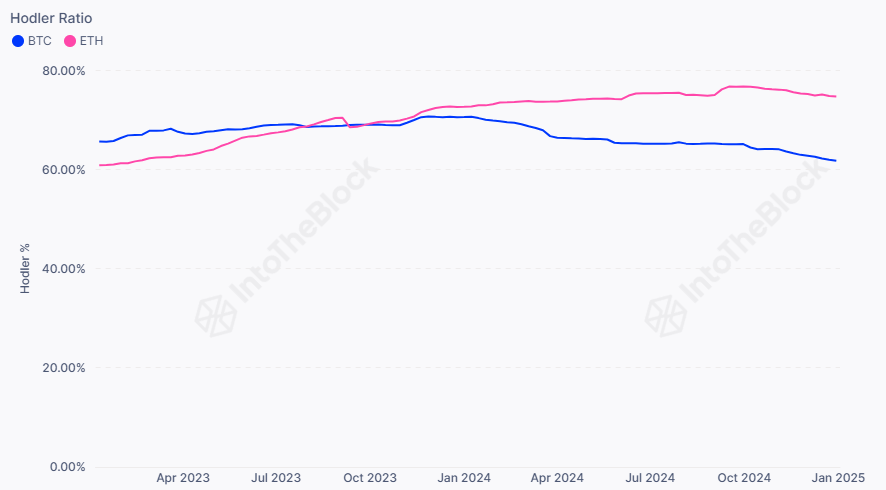
Comments